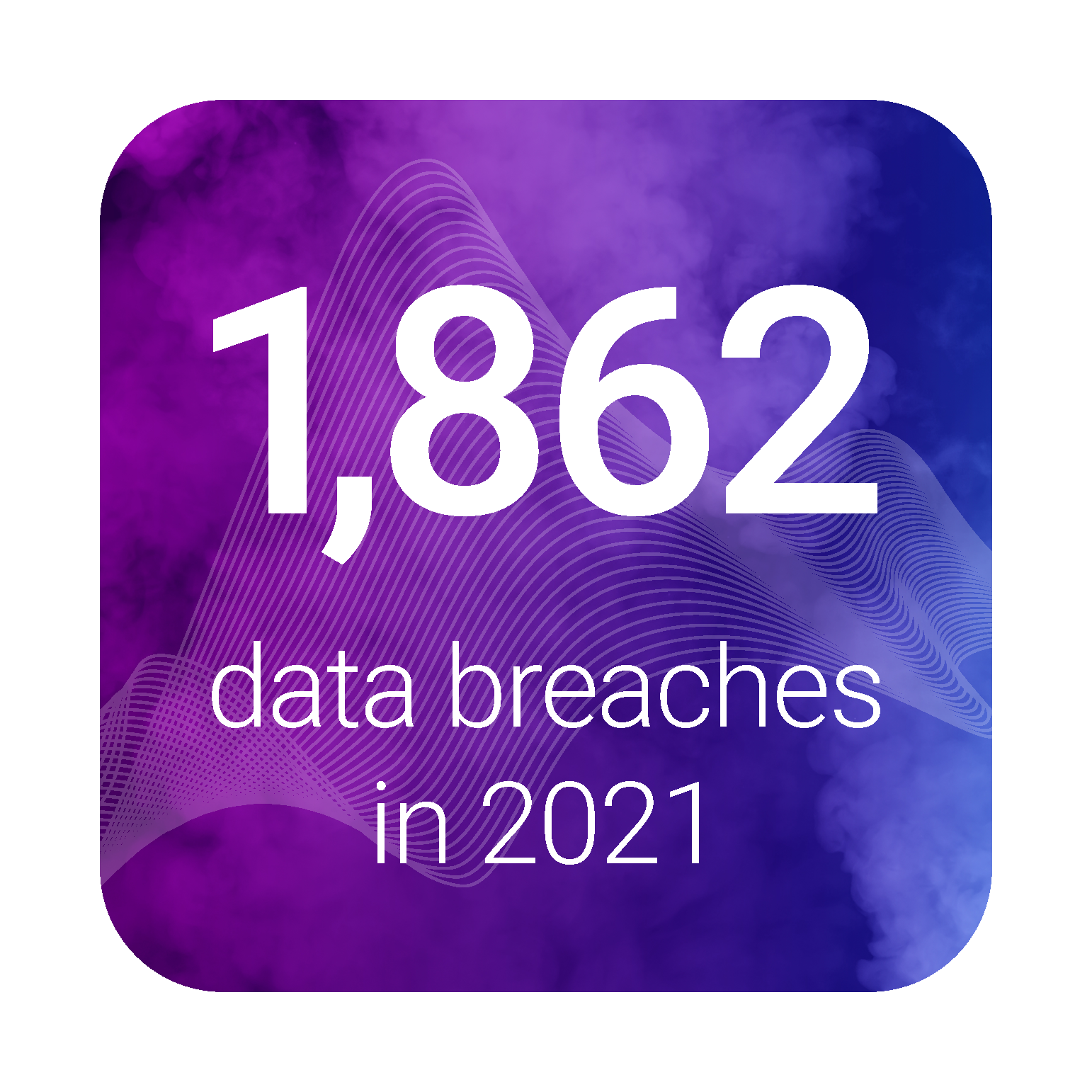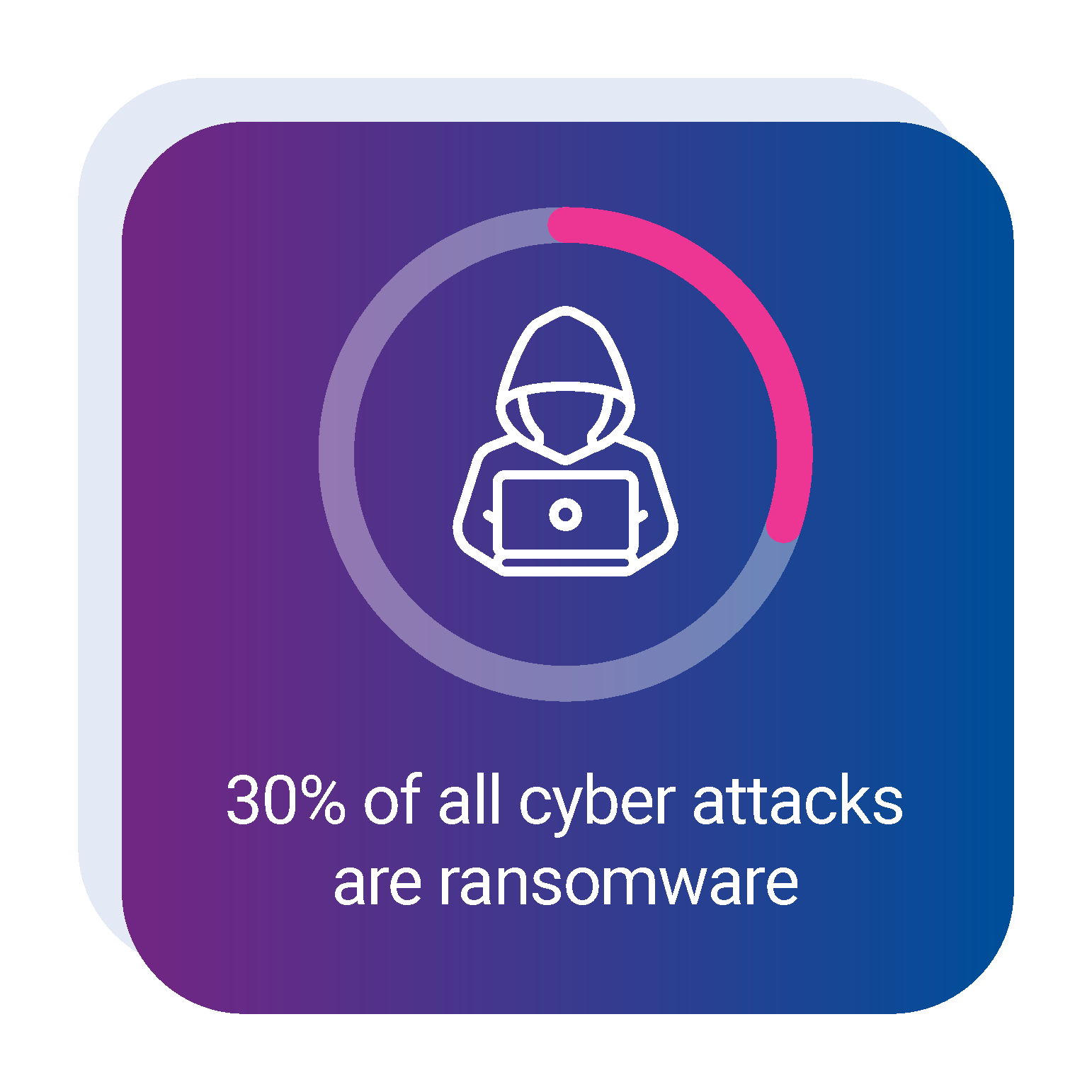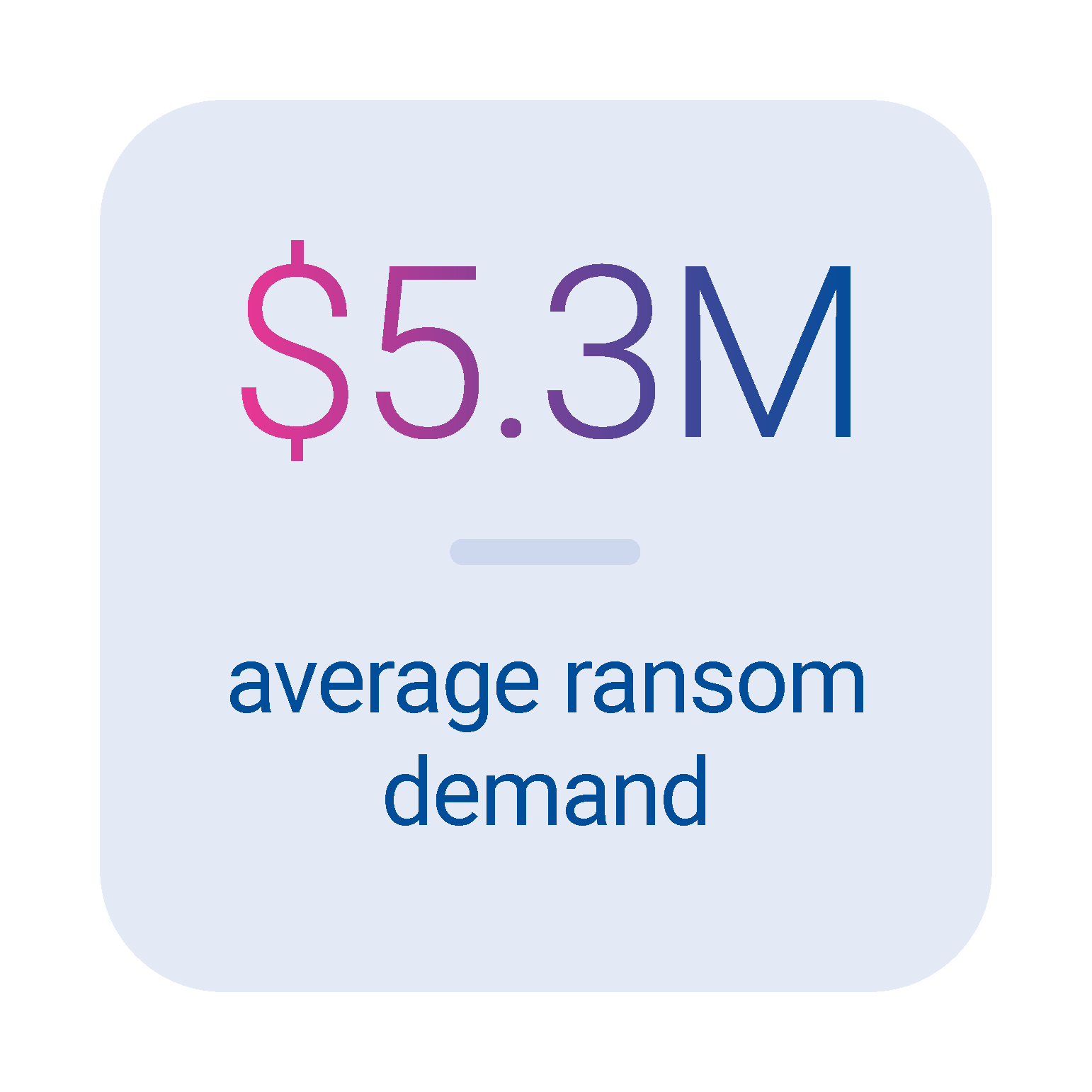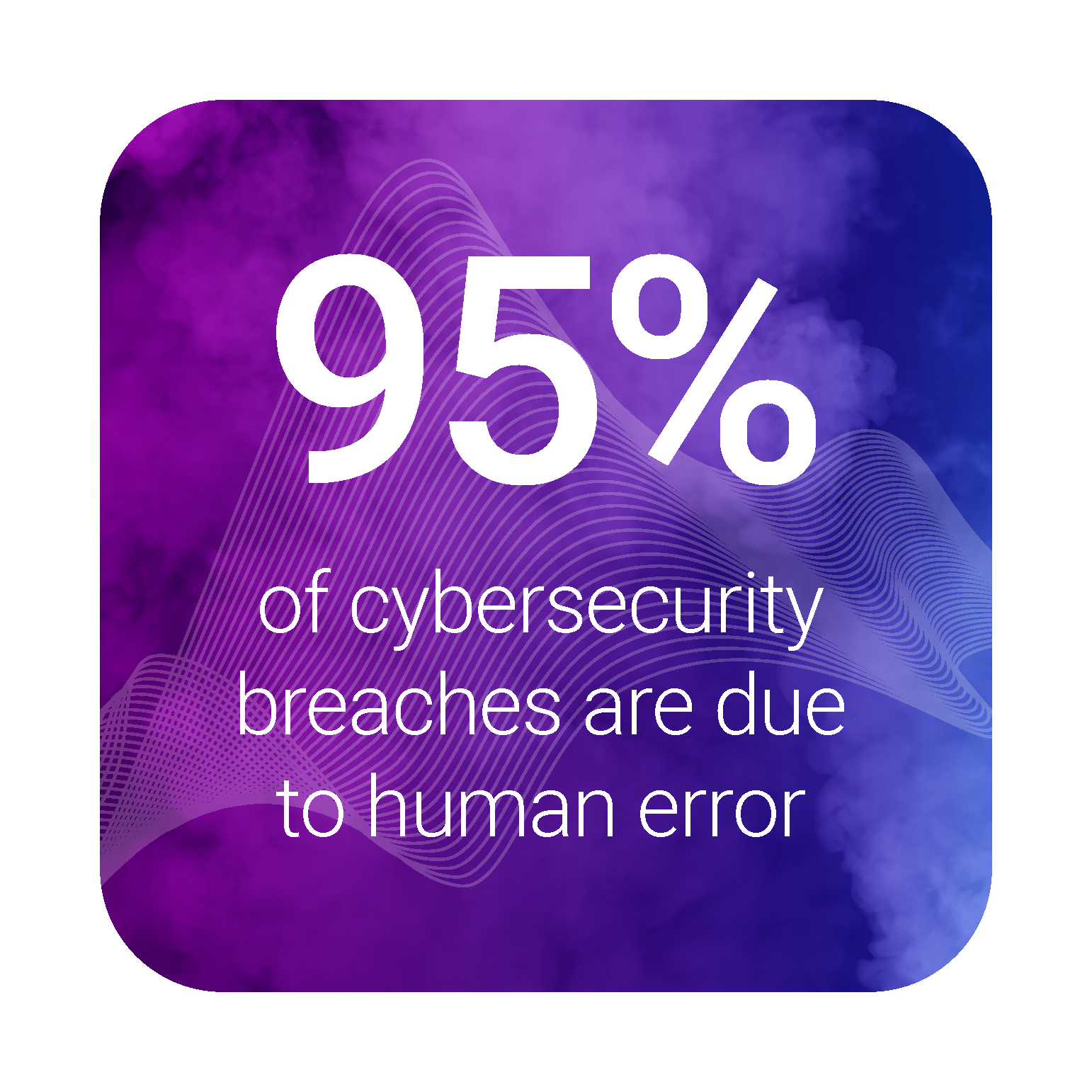
Data breaches are becoming more common, and you need to be aware of the risks to effectively protect your business. A breach of consumer data can destroy the trust you have built with your consumers. When your company’s revenue relies on your reputation, consumer trust is your greatest asset.
Below are five data breach stats that you should know, along with some tips on how to protect your company.

- There were 1,862 data breaches in 2021, breaking the previous record[1]
This number surpasses both 2020’s total of 1,108 and the previous record of 1,506 set in 2017. Eva Velasquez, president and CEO of the Identity Theft Resource Center, called the number of breaches “alarming” and went on further to say,
“There is no reason to believe the level of data compromises will suddenly decline in 2022.”
Organizations are struggling to adapt to more remote work practices while trying to manage the massive amounts of data they hold. Practicing good cyber hygiene is essential to protecting your and your consumers’ personal information.

- Ransomware attacks in the U.S. alone account for 30% of all cyberattacks last year[2]
At Experian, we’ve seen an even higher occurrence of 59% of the events serviced in 2021. These types of events have nearly doubled in the last two years, and at this rate of growth, ITRC said ransomware will surpass phishing as the top cause of data breaches in 2022.
Ransomware events take, on average, over 20% more time to begin, which means more lost time and money for your organization.

- The average ransom demand was $5.3 million which is a 518% increase from the 2020 average of $847,000.[1]
A data breach not only costs your organization money, but also your time, resources, and reputation. Hackers are getting smarter and more sophisticated with their attacks and demands making it harder for organizations to respond effectively.
Experian’s 2019 Data Breach Consumer Survey Report revealed that if you are breached, consumers want to know about it within 24 hours.[2]
If you do not have a response plan in place, a mass notification in an emergency can overwhelm your resources and damage the trust you have built with your customers.

- 95% of cybersecurity breaches are due to human error[3]
Most data breaches can be prevented if you take the right precautions. The best way to avoid a data breach is by providing your employees with proper training, such as phishing awareness. This will help them identify any malicious emails or websites that might expose company information and reduce the likelihood of your organization being hacked.
- 90% of consumers are more forgiving of companies that had a response plan in place prior to the breach.[4]
If your organization does not have a response plan in place, it could be game over for your brand. A significant number of survey respondents (81%) would stop engaging with a brand online following a data breach.[5]
The expectation from consumers is that a company is always responsible for protecting data.
Building consumer trust is key to maintaining lasting customer relationships and managing your company’s bottom line.
Unfortunately, data breaching is a problem that is here to stay. At Experian, breaches are our business. We know ransomware breaches have more complex FAQs, letter versions, and increased call center escalations.
To learn how Experian’s Reserved Response solution can prepare your business for a data breach, click here.
__________________________________________________________________
[1] Identity Theft Resource Center. 2021. 2021 Data Breach Report.
[2] Verizon. 2021. 2021 Data Breach Investigations Report.
[3] Palo Alto Networks. 2021. Extortion Payments Hit New Records as Ransomware Crisis Intensifies.
[4] Experian. 2019. Data Breach Consumer Survey.
[5] Cybint Solutions. 2020. 15 Alarming Cyber Security Facts and Stats.
[6] Experian. 2019. Data Breach Consumer Survey.
[7] Business Wire. 2019. 81% of Consumers Would Stop Engaging with a Brand Online After a Data Breach, Reports Ping Identity.